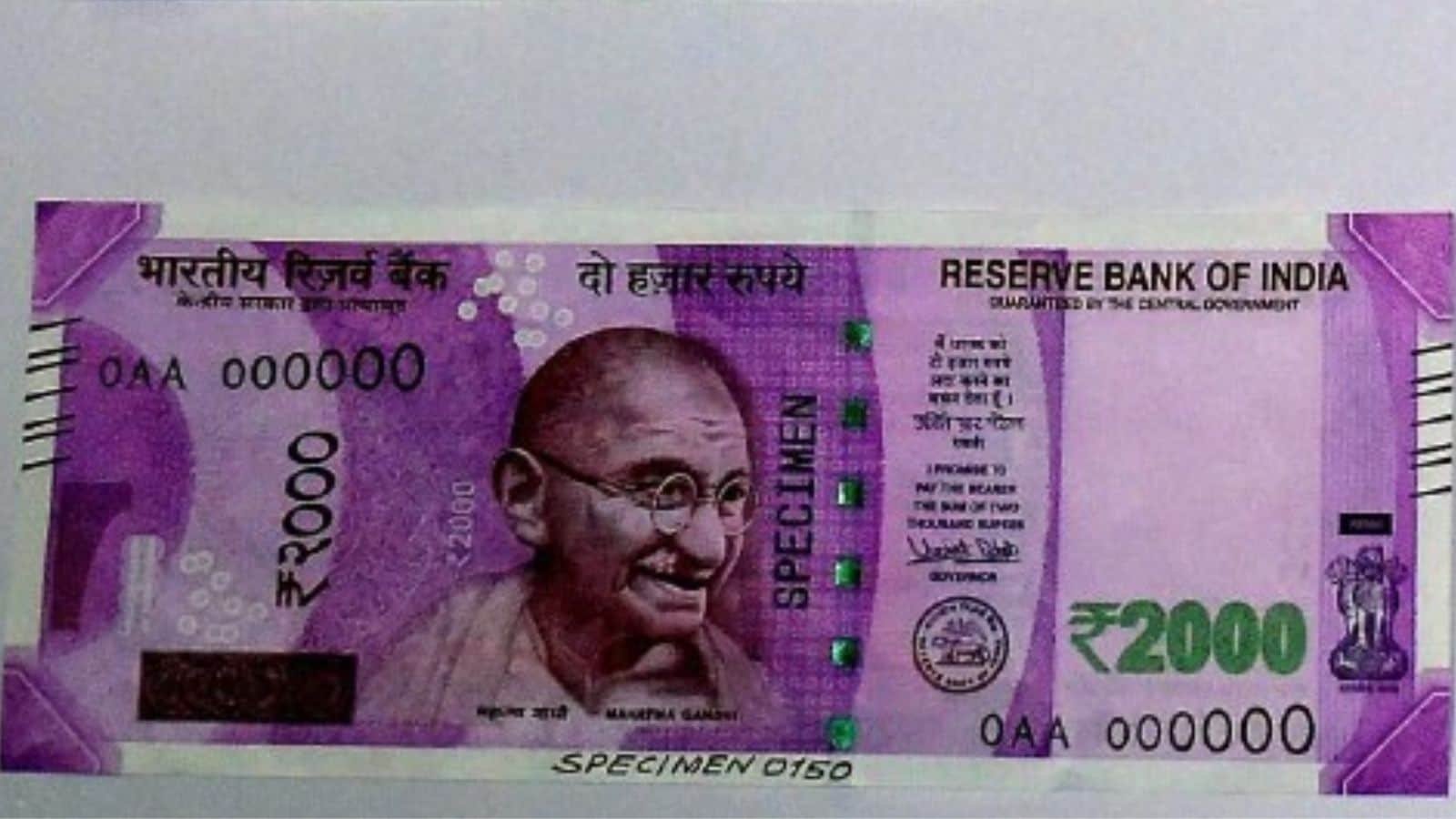Last Updated:May 29, 2025, 18:49 IST
The total value and volume of banknotes in circulation rose by 6% and 5.6% respectively in 2024-25, signaling a continued demand for physical currency.
The report also confirmed that the RBI has halted the printing of three banknote denominations, Rs 2, Rs 5, and Rs 2,000.
Printing cash is now significantly costlier, with the Reserve Bank of India (RBI) revealing a sharp 25% rise in note production expenses over the past year. In its annual report released Thursday, the central bank disclosed that it spent Rs 6,372.8 crore on printing currency during the financial year 2024-25, up from Rs 5,101.4 crore in the previous fiscal year.
The rise in costs is attributed to a combination of factors including inflation in raw material prices, enhanced security features, and a concerted effort to indigenise the production process. The RBI noted that all primary materials used in note printing, from paper to inks and other security components, are now sourced domestically, a shift aimed at reducing reliance on foreign suppliers. However, this transition, coupled with upgrades to security technology, has made the production process more expensive.
The report also confirmed that the RBI has halted the printing of three banknote denominations, Rs 2, Rs 5, and Rs 2,000. While these notes may still be in limited circulation, no new batches are being produced. The move comes amid a broader currency reshuffle. The controversial Rs 2,000 note, introduced in 2016 and withdrawn from circulation starting May 2023, saw a near-complete return to banks. As of March 31, 2025, 98.2% of the Rs 3.56 lakh crore worth of these high-value notes had been deposited or exchanged.
Overall, the total value and volume of banknotes in circulation rose by 6% and 5.6% respectively in 2024–25, signaling a continued demand for physical currency despite the rise of digital alternatives.
The Rs 500 note remains the most dominant, making up 86% of the total currency value and accounting for 40.9% of the volume. In terms of sheer quantity, Rs 10 notes followed with a 16.4% share. Lower denominations – Rs 10, Rs 20, and Rs 50 – collectively comprised 31.7% of all notes in circulation.
Coins also witnessed increased traction. Their value and volume grew by 9.6% and 3.6% respectively during the same period. The smallest unit still in circulation is the 50 paise coin, while denominations go up to Rs 20.
Meanwhile, the apex bank’s digital currency experiment has seen a dramatic expansion. The value of the e-rupee in circulation jumped by an eye-catching 334% over the year, reflecting both pilot program expansion and increasing public adoption of Central Bank Digital Currency (CBDC).
The RBI also offered fresh data on counterfeit currency trends. A total of 4.7% of fake notes detected in the banking system during 2024–25 were caught by the Reserve Bank itself. While instances of fake Rs 10, Rs 20, Rs 50, Rs 100, and Rs 2,000 notes declined, the problem worsened for Rs 200 and Rs 500 notes, which saw increases of 13.9% and 37.3% respectively over the previous year.
A major driver of rising note-printing costs has been the implementation of advanced security features. The RBI is actively pursuing the integration of new technologies to combat counterfeiting. These include enhanced inks, such as color-changing intaglio, and high-security paper, all of which are now being manufactured domestically. This transition has been in the works for several years and reflects the central bank’s strategy to tighten security and achieve self-reliance in currency production.
- First Published:
#Currency #Printing #Costs #Surge #Year #Notes #Stopped #RBI #Report



